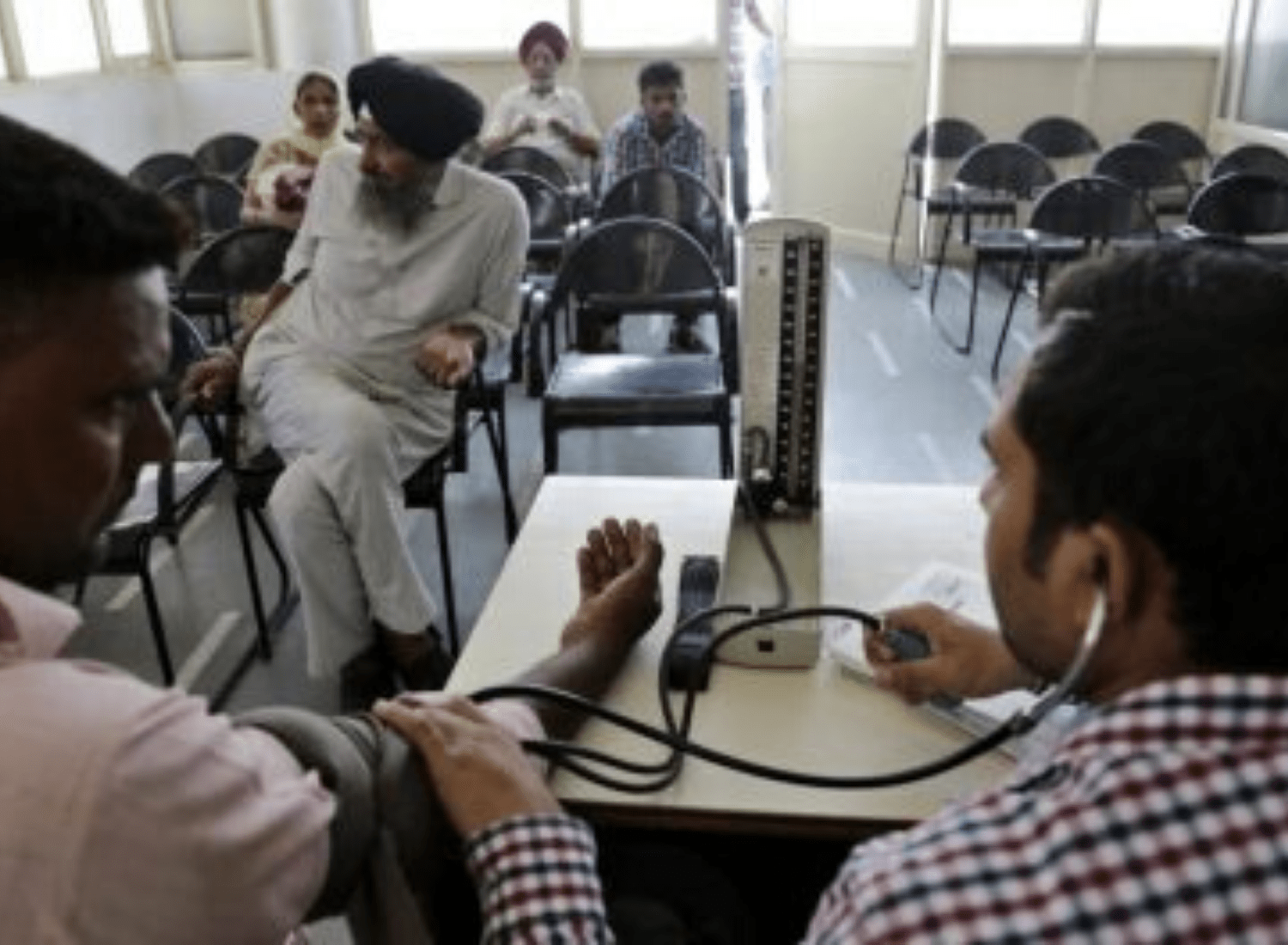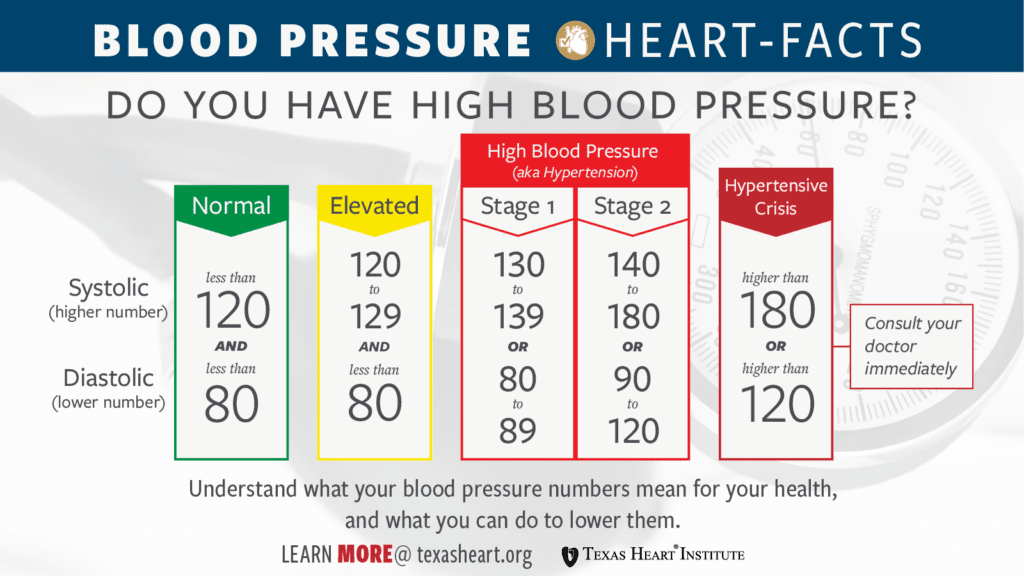
- For the past 2 decades, I have seen a global increase in cardiovascular disease, with hypertension remaining by far the most common.
- About more than one-third of adults in Africa are hypertensive.
- Hypertension generally remains under detected in many countries, being a condition that occurs with few symptoms, especially in developing countries where routine screening at any point of health care is underutilized.
- As hypertension is directly related to the deadly cardiovascular disease, this has led to hypertension being the leading cause of cardiovascular outcomes.
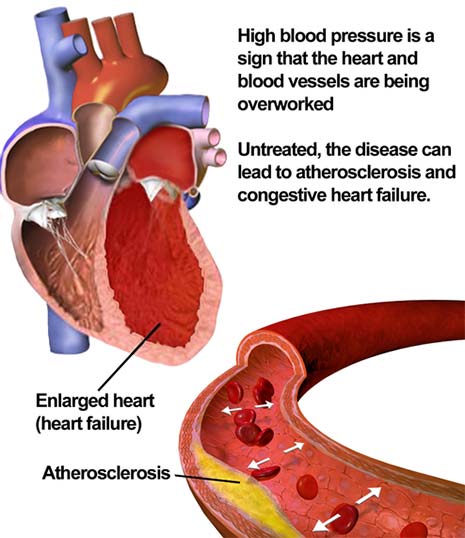
In case of Africa, hypertension is the main cause of heart failure; whereas at global levels, hypertension is held responsible for more than half of deaths from stroke, just less than half of deaths from coronary artery disease, and one-tenth of all global deaths.
In this article, I discuss the escalating occurrence of hypertension in developing countries and the of different measures to control hypertension.
Also, these include steps to curb the wave effect of urbanization on the health and disease profile of developing societies and suggestions to improve loopholes in various fields of health care delivery that affect the management of hypertension.
Recent findings:

- Increased in the amount of sugar intake, pollution, and low birth weight are increasing hypertension risk factors.
- The major obstacles in management are difficulties in accurate diagnosis of hypertension.
- In contrast to developed countries, hypertension prevalence rates are on the stake in developing countries with no improvement in awareness rates.
- The burden of hypertension is because of various factors.
- Health authorities, medical fields, and drug industries can join hands to improve hypertension control through education programs, public awareness campaigns, legislation to limit salt intake, etc.
- More data are needed in the future to identify the reasons behind the increased prevalence and poor blood pressure control and examine trends in prevalence, awareness, treatment, and control.
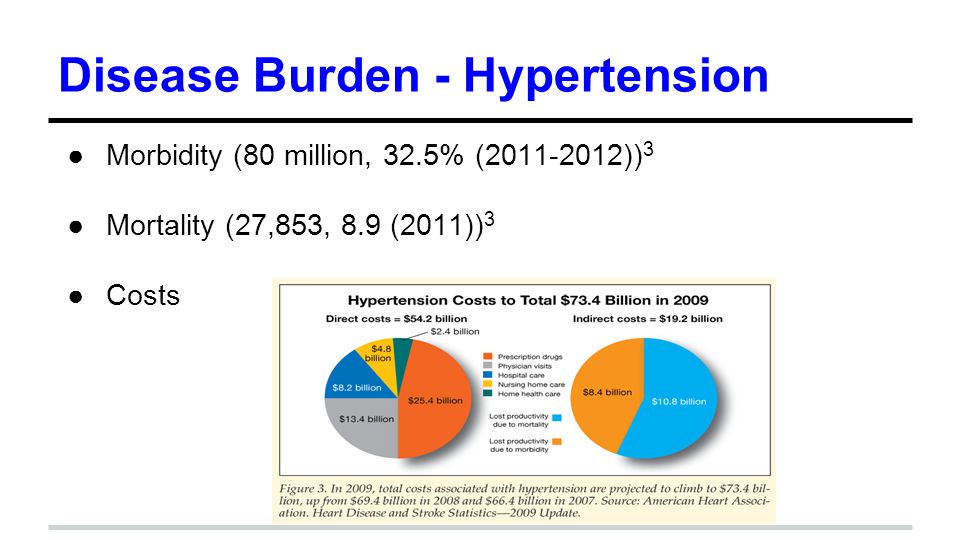
Lets know in details about Hypertension ,its causation, symptoms and how we can manage it

- Hypertension is one of the major diseases that happens because of various factors. It refers to the increase in the blood pressure level.
- When the doctor says that you are suffering from blood pressure (BP) then we probably first think of medication as the solution. Medicine is generally considered the only means to bring down the blood pressure levels.
But there are other means as well to bring down the BP levels.
It’s natural to increase our blood pressure due to certain situations but, if the blood pressure stays for longer periods then it turns into hypertension.

Ideologies:
- The major cause of Hypertension is a sedentary lifestyle. Overweight also result in Hypertension. Also having an excessive amount of salt in the diet results in high blood pressure.

Other factors responsible are as follows:
- Smoking
- Alcohol
- Stress
- High salt intake
- Intake of more processed or bakery food.

- Junk food or less fibrous food Intake
- Less activity
- Less sleep
- Kidney disorders
- Obesity
- Heredity
- High-fat food.
- Less water intake
- Dehydration
Please do note that all of these lead to plaque formation in the tiny blood vessels due to which heart has to put enough pressure than usual for smooth blood flow.
When it goes above the heart’s limit, it stops pumping blood (which carries water, nutrients, and oxygen) thus it results finally in a heart attack.
- High BP levels are a common problem in adults over 50 years of age and are increasingly being diagnosed in younger age group due to bad lifestyle choices.
- Extremely high-stress levels arising from financial strain and challenging deadlines set at the workplace also contribute to high BP.
- Blood pressure high can also due to secondary causes like thyroid disorders and narrowing of blood supply to the kidneys
Some Symptoms which we must not ignore:
- Heaviness in the eyes
- Irritability
- Headache
- Feeling of tiredness.
- Difficulty in breathing
Blood Pressure
- The pressure that is exerted by the column of blood flowing in the arteries once it has been pumped by the heart is called the systolic blood pressure.
- Diastolic BP is the resistance in the arteries which is present due to the elastic tone of the arteries.
- It is to be noted that the blood pressure of up to 120/80 is considered normal.

- Readings from 130/90 to 140/90 are the pre-hypertensive stage but if it is above 140/90 then it is considered hypertension.
- If three readings on separate days are high, then the person is must have high BP.
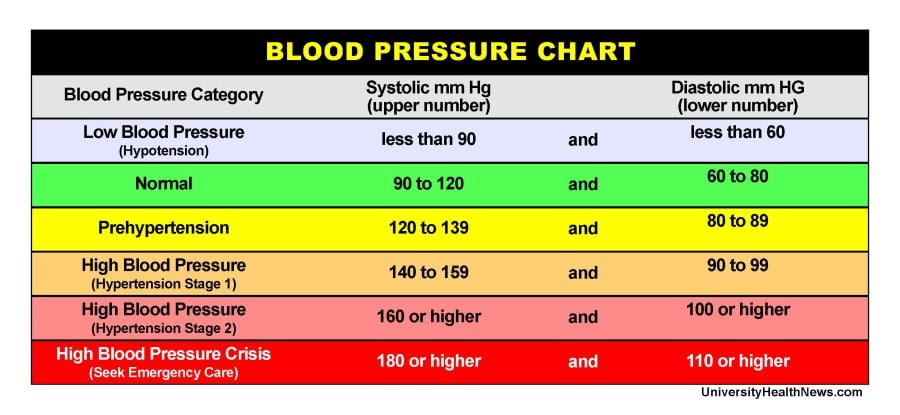
But Don’t worry, Yes we can manage it
You need to improve and incorporate the good habits which set into the routine.

Salt is a crucial factor that can lead to high blood pressure. The daily requirement of sodium is 1500mg to 2300mg which is approximately 1 Tsp of salt.
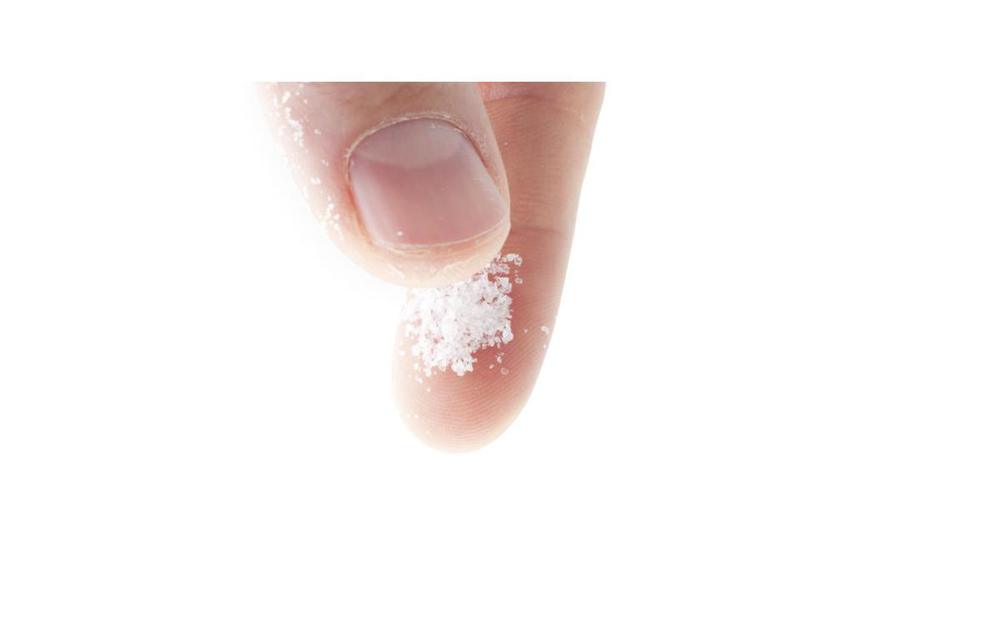
Sodium is the mineral that found in monosodium glutamate (MSG), baking soda, various seasonings, additives, condiments, eggs, smoked meats, meat, fish, poultry, dairy foods olives, and pickled foods. High sodium contributes to high blood pressure.
Lets go through some healthy ways to manage our Hypertension.

- We must try enriching our diet with antioxidants ( green tea, Vitamin C enriched veggies, and fruits)
- Fiber and Vitamin K( green leafy vegetables, whole grains, beans, whole pulses) must be included
- Whole Fruits must be taken a daily basis.
- Try incorporating omega 3, omega 6 fats ( like Almonds, walnuts, flax seeds, fish like sardines, mackerel, herring salmon tuna, avocado)
- Try sipping a good amount of water regularly.
- Even by doing regular breathing exercises help us increase our Oxygen uptake.
- Yoga or meditation keeps our stress at bay. Staying active through the entire day can keep stress levels under check.
- Try to restrict salty foods such as chips, salted nuts, papad, pickles, processed sauces, and dips.
- Regular cardio exercise helps in keeping the heart healthy and preventing high BP. For example 45 minutes of brisk walking / 30 minutes of swimming or cycling etc.
- Weight reduction is necessary for anyone with obesity and hypertension. The target should be 1 -2 kgs weight loss every month until BMI (body mass index) is 25.
- Deep breathing /meditation helps negate mental stress

- If the above measures do not reduce BP at least in 6 months, one needs to consult a physician and explore the medication option.
- If the cause of hypertension is secondary (thyroid and renal artery stenosis) then treatment of the cause helps in correcting the raised BP.
The word hypertension has TENSION in it, so reduce Stress and start making your heart healthy .
- Eating healthy food will result in lower your hypertension levels. The whole day intake consists of targeting all macronutrients (Protein, Carbs, and Fats) and micronutrients (Vitamins, Minerals).
- Water intake will also result in bringing down Hypertension. Minimum 10 to 12 glasses of water are recommended daily
- You need to cut down on your Tea and Caffeine intake which will help to reduce blood pressure. So instead of tea or coffee, you can go for green tea
- it is important to maintain your BMI and fat percentage in the normal range.

Research finding for developing countries
Hypertension is a major global noncommunicable disease. 1/4th of the world’s adult population has hypertension, and this is likely to increase to 29% by 2025.
The prevalence of hypertension is 22.9% in developing nations. However, because there is a much larger population in the developing world, the absolute numbers of patients affected by hypertension are considerably higher and are likely to grow as increased globalization lead to urbanization.

- Kearney et al estimate that by 2025, the number of individuals with hypertension in the economically developing countries will approximate 1.17 billion.
- Hypertension is a main public health issue for developing countries because the complications are indeed diverse (cardiovascular disease [CVD], stroke, and kidney failure) but treatable.
- Screening for hypertension is straightforward, and with appropriate measures, the disease potentially is preventable, even in countries with limited resources.
- Kearney et al have analyzed the burden of hypertension and noted that 26.4% of the adult population in 2000 had hypertension, representing 972 million adults with hypertension with two-thirds, or 639 million, from economically developing countries.
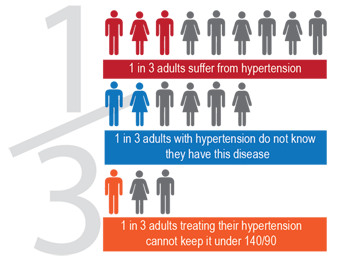
Status in India and China:
- The overall Indian and Chinese population prevalence rates for hypertension among males are 20.6% and 22.6%, respectively.
- The prevalence of hypertension in China is increasing. In the year 1998, a total of 24% of the population in China aged 35-59 years had hypertension, 2.3% higher than that observed from 1992-1994 and higher in men.
- In a recent study of the Screening and Early Evaluation of Kidney Disease cohort, a multicenter study in India, prevalence rates of hypertension and prehypertension of 42.5% and 41.5%, respectively were observed (B.V.M., unpublished data, 2009).
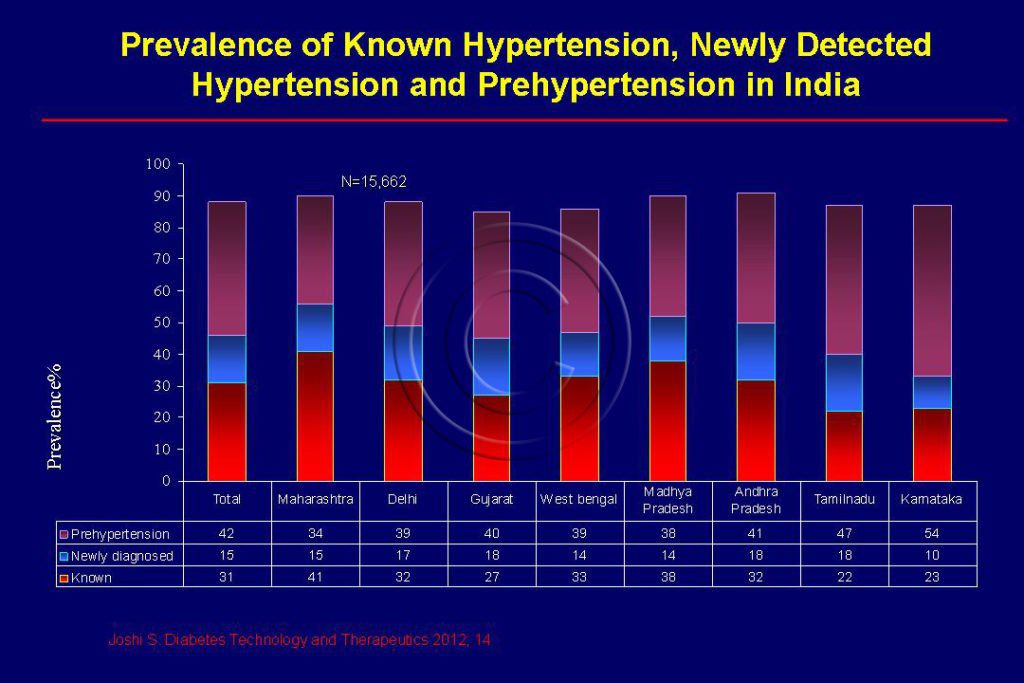
Factors leading to the chronic condition:
- Urbanization is associated with increased income and adoption of an unhealthy lifestyle.
- In general, risk factors underlying the emergence of hypertension in developing countries follow the same pattern as those identified in the developed world.
- Education and greater wealth appear to have a strong influence on the risk of hypertension.
- With urbanization and increased income, there is a wish for modern conveniences, such as the adoption of unhealthy food habits with the transition from traditional rural diets to a diet rich in salt, saturated fats, and poor-quality carbohydrates (such as fast foods).
- Reduced physical activity and sedentary occupations may be important risk factors for hypertension. This is true in both South Asian countries and Sub-Saharan Africa.
- Tobacco ingestion is one of the major avoidable causes of CVDs.
- The INTERHEART Study explored the risks associated with tobacco use (both smoking and nonsmoking) and second-hand tobacco smoke worldwide in 27,089 participants in 52 countries.
- Lack of awareness, partly linked to lower levels of education, lower social class, and lack of health care facilities observed in the poorer strata of individuals, also seem important in predicting a higher prevalence of hypertension.
- Schneider et al observed that exposure to lifestyle factors, such as smoking, domestic exposure to “smoky” fuels, and alcohol dependence, were associated with poverty in the South African population.
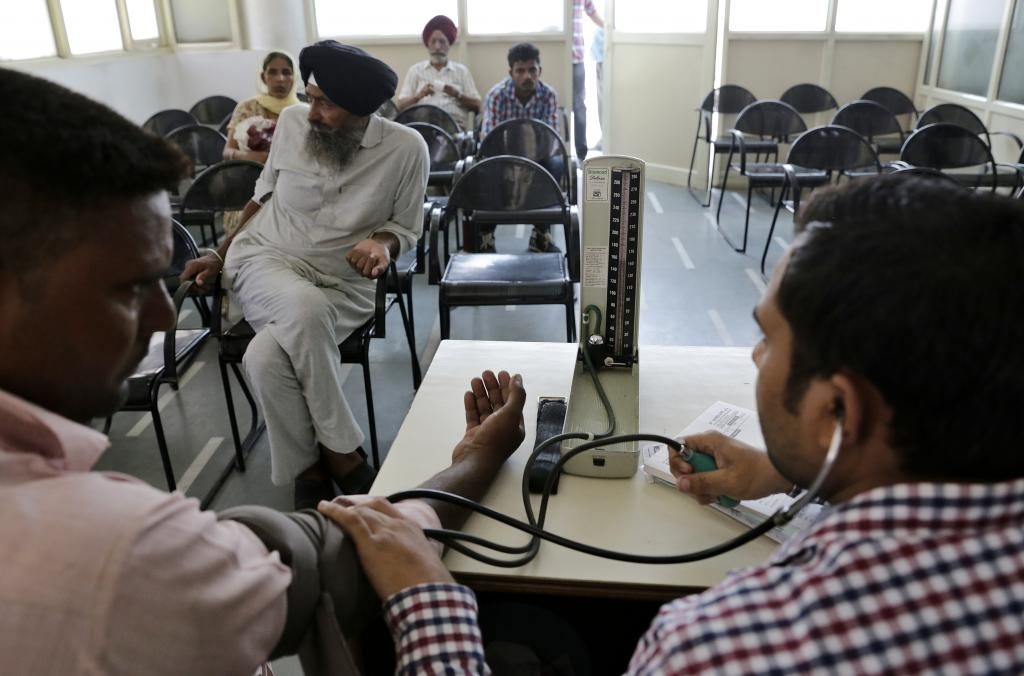
Under recognition of Hypertension in Developing Countries
- Many studies show that awareness of hypertension in the developing world population is low. In part, this likely reflects a low level of literacy and education, but also seems to reflect a low level of access to medical care.
- In South Asian countries, awareness correlated with poor access to treatment and therefore to control of hypertension
- The challenge posed by low levels of awareness must be overcome through strategies targeted at education and promotion.
- In the SEEK study in India, 57.3% of hypertensive patients had an income ≤ $125/mo, 39% had a < 8th-grade education, and 46% of them responded in the negative to the question, “Have you ever been told that you have hypertension?” (B.V.M., unpublished data, 2009).
- Recommendations for Addressing Hypertension in the Developing World
- In developing countries, inadequate funds, inexperience, and lack of infrastructure are important barriers to hypertension diagnosis and therapy.
- There frequently is competition for limited financial resources with other important communicable causes of morbidity and mortality, for example, HIV/AIDS, malaria, and tuberculosisCollectively, these explanations for the limited progress achieved to date should justify a more intensive collaborative approach to managing hypertension.

Strategies:
The Ministry of Health in developing nations should create strategies to bring together the medical community and other NGO’s in devising comprehensive public health strategies targeted at hypertension. Ministry of Health in each developing country should promote awareness, education programs, and implementation of treatment.
The Ministry of Health and other governmental agencies also could lobby the pharmaceutical industry to support generic hypertension drugs being made available at less expensive rates.

